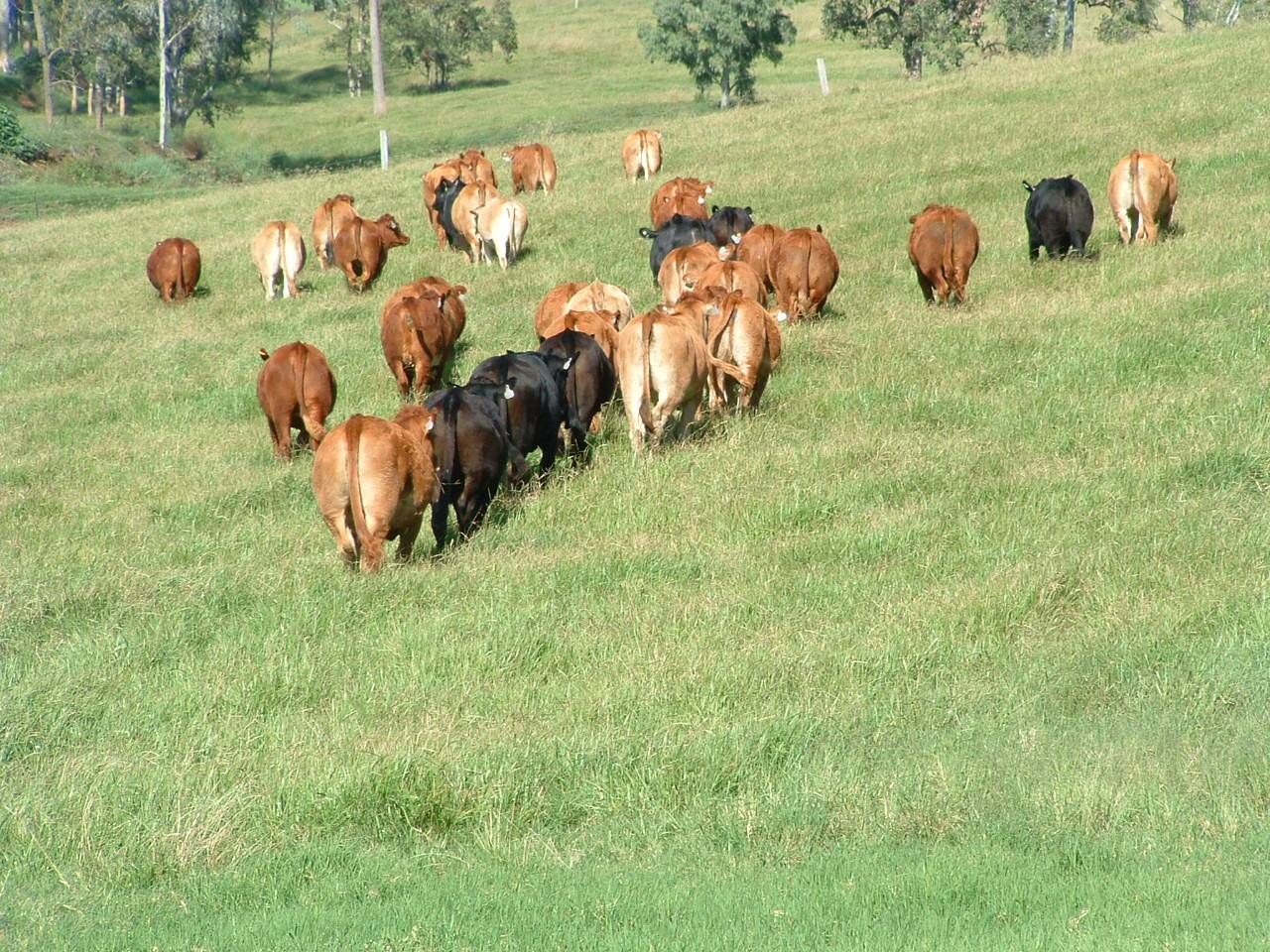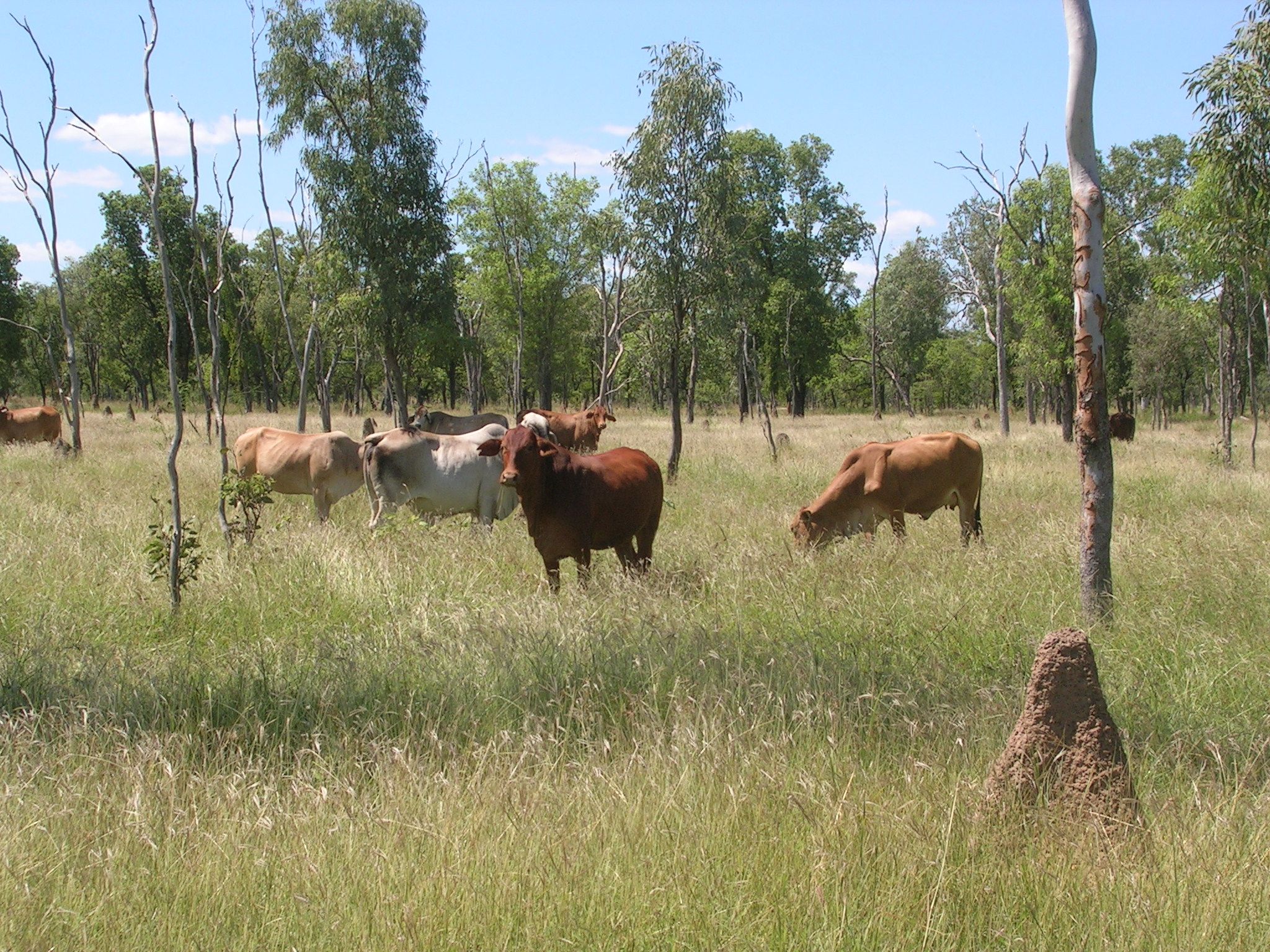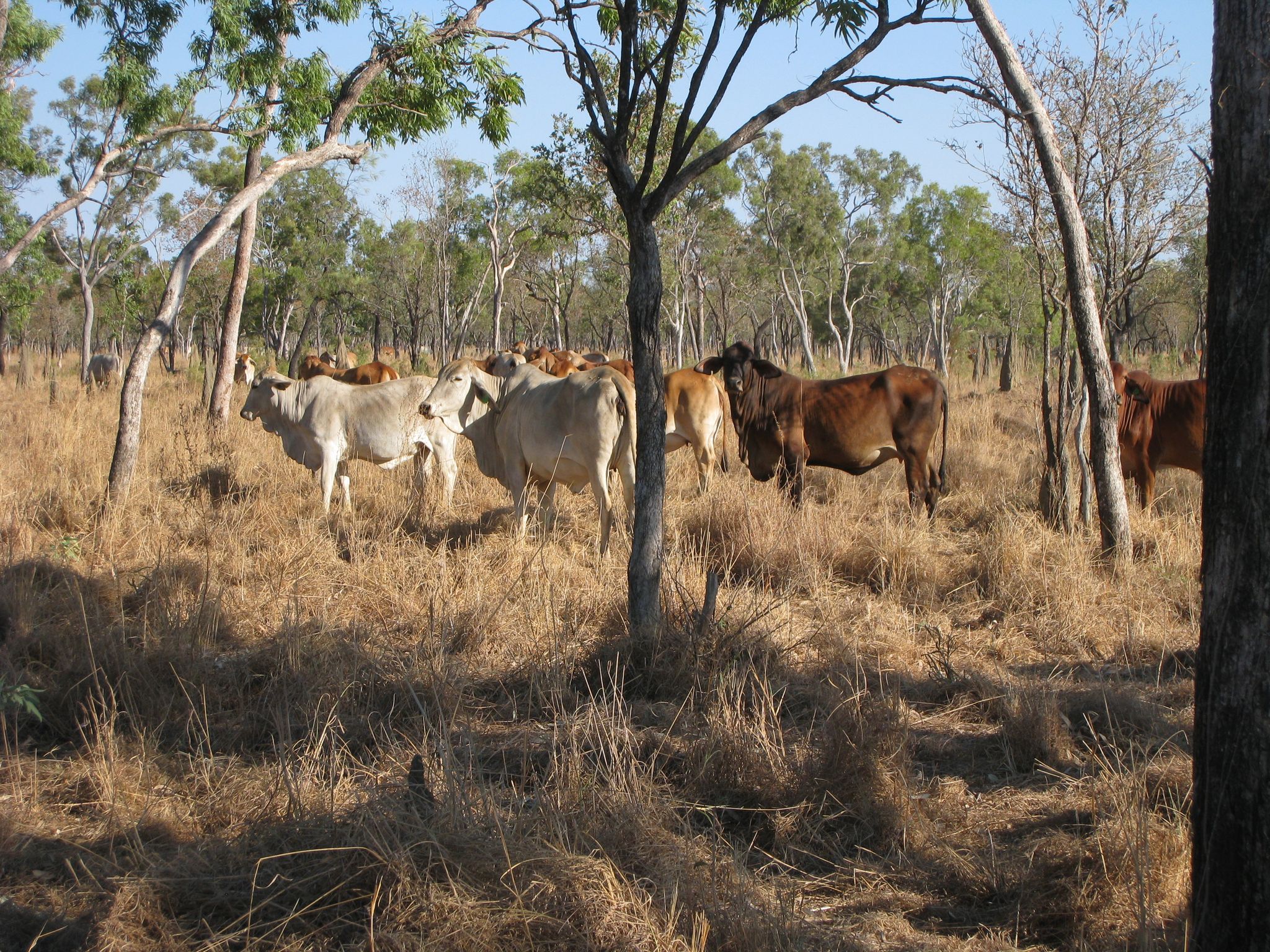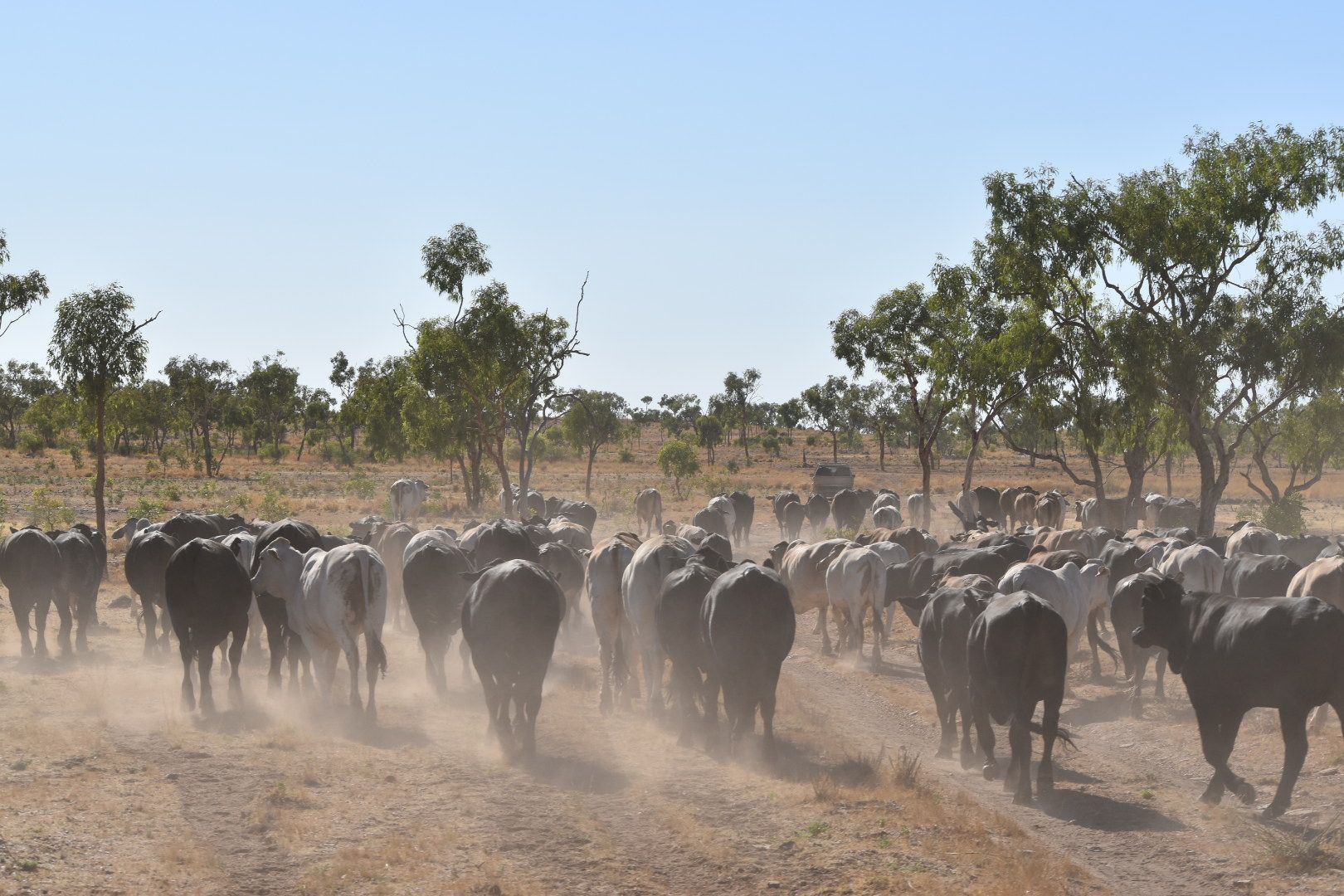| Wet Season | |
|---|---|
| A large proportion of the northern Australia cattle herd graze phosphorus deficient pastures during the wet season, making phosphorus the primary limiting nutrient.
Tropical grasses have a low leaf-to-stem ratio and a high fibre content even when they are growing rapidly following wet season rains. A bulky diet makes the cattle feel full, which can impact the ability of young cattle in particular, to consume enough quality nutrients for growth and production. Phosphorus deficiencies resulting from a reduction in forage intake (up to 40%) may lead to:
|

The 2014-2019 study conducted by the Northern Territory Department of Primary Industry and Resources1 highlighted the substantial productivity and profitability benefits of wet season phosphorus supplementation in breeding herds. The findings identified “that P supplementation is one of the most important activities that cattle stations can adopt to improve profitability in P deficient areas1”. Phosphorus supplements often need to be distributed prior to commencement of the wet season because access can be difficult once the wet sets in. Loose licks should be covered, however wet season blocks are largely weather resistant. |
| Wet-Dry Transition | |
|---|---|
|
Tropical pastures generally provide optimal levels of protein and energy for 2-3 months only after significant rainfall.
At the transition from wet to dry season, pastures begin to ‘hay off’; fibre levels increase, protein levels decrease and pasture become less digestible, which begins the decline in pasture intakes. At this time supplements with low to moderate levels of crude protein and high levels of phosphorus are generally introduced. |

|
| Dry Season | |
|---|---|
|
During the dry season, forage crude protein becomes the primary limiting nutrient in the grazing diet.
Supplementation with urea will rectify the underlying deficiency of rumen degradable protein, increasing pasture intake and delivering a positive liveweight response equivalent to 0.1 – 0.3 kg per head per day. This may help cattle maintain weight, rather than losing weight. If additional growth is required, bypass protein needs to be provided to the animal with energy in the form of hay, grain, silage or molasses. This additional energy source will result in a certain level of substitution of pasture, however, performance will increase if the total daily nutrient intake is increased. As energy is the largest feed input which must be supplied to livestock for production, substitution feeding can become uneconomical unless it is planned strategically. Examples of strategic purposes may include the feeding of weaners and the provision of high intake molasses or protein meal based supplements to maiden or first calf heifers. |

|
| Late Dry Season | |
|---|---|
|
By the end of the dry season, plant growth has ceased.
In many cases, cattle will be feeding on stubble and foraging in scrub, which are low in nutritional quality. To utilise this poor quality feed, cattle require a source of nitrogen and fast acting energy such as molasses or grain. If phosphorus is also deficient, the effect of declining feed intake will be more serious. Phosphorus supplementation for all cattle should be maintained year round in severely deficient areas. |

|
